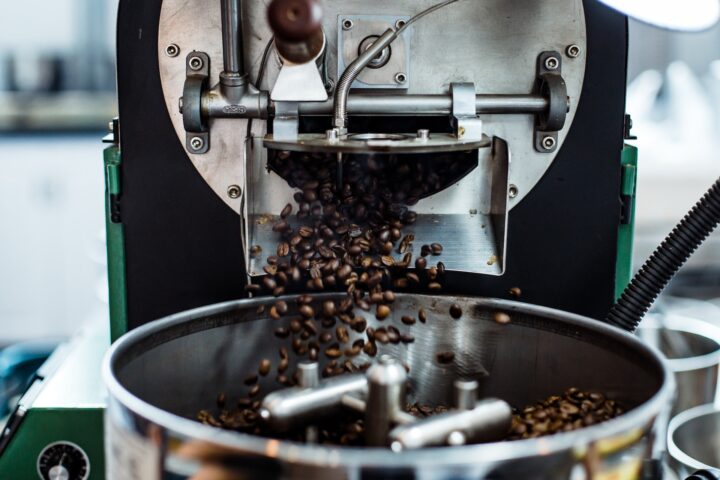The Ultimate Guide to Air Roasters: Exploring History, Functionality, Distinctive Features, and Comparisons
Air roasters have become increasingly popular among coffee enthusiasts, with many claiming that they produce superior results compared to traditional drum roasters. Most industry professionals agree that air roasting is the best way to bring out the subtle flavors and aromas of coffee beans. This in-depth guide will provide you with a thorough understanding of air roasters, their history, principles of operation, and how they compare to other types of roasters. We’ll also explore the features that make air roasters unique and examine various brands and models to help you make an informed decision when purchasing one.

The History of Air Roasters
The concept of air roasting dates back to the late 1970s when Michael Sivetz, a chemical engineer and coffee industry consultant, developed the first fluid bed air roaster. Sivetz’s innovation was born out of his dissatisfaction with the inconsistency and inefficiencies of traditional drum roasting methods.
Air roasting quickly gained popularity among specialty coffee shops menus and roasters due to its ability to roast coffee beans more evenly and efficiently. Today, air roasting is a well-established method within the coffee industry and has continued to evolve with new technologies and designs.
Principles of Operation
Air roasters, also known as fluid bed roasters, use hot air to roast coffee beans. The primary principle behind air roasting is the suspension of coffee beans in a column of hot air, which allows for even and consistent heating of each bean. This roasting method offers greater control over the roast profile and reduces the risk of over or under-roasting.
The roasting process in an air roaster typically involves the following steps:
- Preheating the roaster to the desired temperature.
- Loading the green coffee beans into the roasting chamber.
- Adjusting the airflow and temperature settings to achieve the desired roast profile.
- Monitoring the roast progress, often using sight, sound, and smell as indicators.
- Stopping the roast at the desired level and cooling the beans quickly to halt the roasting process.
Comparing Air Roasters to Other Roasting Methods
Air roasters differ from traditional drum roasters and other types of roasters in several ways:
Evenness of Roast
Air roasters excel at roasting beans evenly due to the fluid bed principle. In contrast, drum roasters rely on the beans’ contact with the heated drum surface, which can sometimes result in uneven roasting and the formation of “tipping” or scorching on the beans.
Roasting Speed
Air roasters generally have a faster roasting time compared to drum roasters, as the hot air is in direct contact with the beans and transfers heat more efficiently. This results in shorter roast times and less risk of over-roasting.
Control and Consistency
Air roasters offer greater control over the roasting process, as the temperature and airflow can be easily adjusted. This allows for precise control of roast profiles and better consistency across multiple batches.
Chaff Collection
Chaff, a byproduct of the roasting process, is more effectively collected and removed in air roasters compared to drum roasters. This reduces the risk of chaff affecting the flavor of the roasted beans.
In Conclusion
Air roasters offer a unique and efficient method for roasting coffee beans, providing even heating and precise control over the roasting process. With various brands and models available on the market, it’s essential to consider the features and user experiences when choosing an air roaster that best suits your needs. By understanding the history, principles, and advantages of air roasting, you’ll be well-equipped to make an informed decision and enjoy high-quality, freshly roasted coffee at home.


